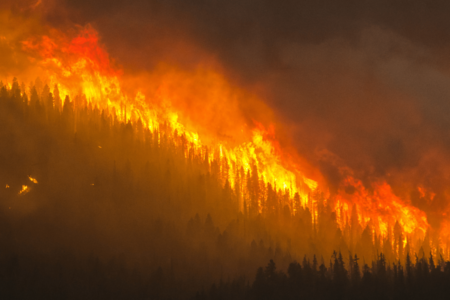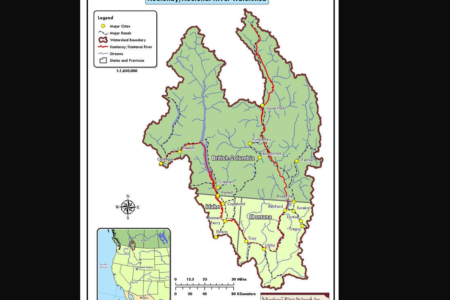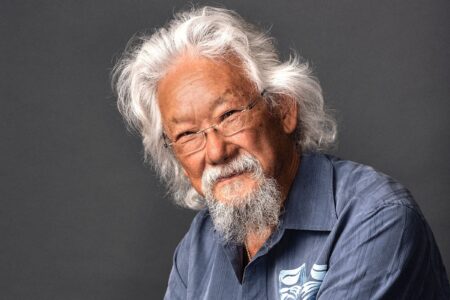The world carbon cycle in the last ice age
The carbon cycle is the biogeochemical cycle by which carbon is exchanged among the biosphere, pedosphere, geosphere, hydrosphere, and atmosphere of the Earth.
It is one of the most important cycles of the earth and allows for carbon to be recycled and reused throughout the biosphere and all of its organisms. Has it always been the same?
A reconstruction of plant productivity and the amount of carbon stored in the ocean and terrestrial biosphere at the last ice age has just been published in Nature Geoscience.
The research by an international team of scientists greatly increases our understanding of natural carbon cycle dynamics.
The last ice age refers to the most recent colder period that peaked at the Last Glacial Maximum approximately 20,000 years ago, in which extensive ice sheets lay over large parts of the North American and Eurasian continents.
The carbon cycle is now usually thought of as including the following major reservoirs of carbon interconnected by pathways of exchange:
The atmosphere
The terrestrial biosphere
The oceans
The sediments including fossil fuels
The Earth’s interior (magma)
The annual movements of carbon, the carbon exchanges between reservoirs, occur because of various chemical, physical, geological, and biological processes. The ocean contains the largest active pool of carbon near the surface of the Earth, but the deep ocean part of this pool does not rapidly exchange with the atmosphere.
The article continues at: http://www.enn.com/enn_original_news/article/43593?utm_source=feedburner&utm_medium=feed&utm_campaign=Feed%3A+EnvironmentalNewsNetwork+%28Environmental+News+Network%29

























